The 2024 F1 season represented, perhaps to a lesser extent than the Mercedes engineers had hoped, a performance turning point for the Silver Arrows.
After two essentially dark years, spent in a vain attempt to make the zero pod concept competitive, a more conventional car was created with the W15, more in line with the predominant technical trend in F1.
An obvious fact that caught the eye was the choice to adopt particularly low ride heights, the setup setting with which the W15 showed its best performance over the course of the season.
The large trails of sparks produced, in fact, often highlighted how the floor of the W15 scraped very frequently on the asphalt with the rear-end pressed to the ground, with a very low set-up during maximum speed and during rapid changes of direction.
An advantage of this car was certainly represented by the push rod rear suspension coupled to the more compact gearbox compared to the previous year's car.
The W15 seemed much less nervous, precisely because of the set-up adopted, compared to what it showed with different ones.
The rear axle, in fact, with higher ride heights still seemed to suffer from a certain lack of downforce, so its aerodynamic configurations were on average more loaded than its rivals.
It was an undeniable limitation of this car which, however, showed, unlike the last two seasons, how it was possible to extract performance from this car much more easily.
In Canada, the W15 partly surprised with its competitiveness. At Silverstone, there was a change in its dynamic behaviour, being agile on kerbs and precise when entering curves, both due to a 'silent' but not invisible modification to the front suspension.
Viewed by others:
Key Austrian GP upgrade
In fact, since the Austrian Grand Prix, a noticeable bulge appeared on the upper part of the chassis vanity panel, in correspondence with the housing of the internal kinematics of the front suspension.
It emerged that this was a new version of the inner linkages that allowed precise management of the ride heights, but above all a strong attenuation of the longitudinal oscillations of the car.
In essence, the new kinematic mechanism essentially consisted of a new heave damper. In fact, even at the level of visual dynamic analysis, the W15 then appeared to be the car with the most ground-grazing setup, yet without incurring the jolts induced by minimum ride heights.
In short, it became increasingly clear that the key to making the aerodynamics of these ground effect cars effective is an intelligent concept of the suspensions, which was anything but conventional in terms of internal kinematics of the W15.
In practice, the engineers of the Brackley-based team have adopted a heave damper of decidedly more generous dimensions than the previous one, with the function of obtaining a rapid response through the Belleville springs inside it, which had a larger diameter than the previous ones.
In this way it was possible to adopt a softer setup without running into the problem of jolts, as the Belleville discs with a larger diameter than before allowed the inertia linked to the longitudinal oscillations of the car to be better dissipated.
It is fair to say that this was a classic solution, already used in the past by Mercedes, which has always played with the front heave damper to obtain better management of the front ride height.
In few words, the increasing performance of the W15, laid essentially on the revised front suspension system, more than the controversial front wing put under scrutiny by Red Bull.
But this did not represent the perfect solution on every track. The clear aerodynamic inefficiency at the basis of the project, with a floor that was certainly less critical than the W14, but not capable with higher ride heights of generating high downforce, has in fact made the performance level of the car less constant, with fluctuating performance peaks.
Also interesting:
Join RacingNews365's Ian Parkes, Sam Coop and Nick Golding in the final episode of the year, as Ian and Sam battle it out in the RacingNews365 Big Fat F1 Quiz of the Year! Join in the fun by yourself or with other people to test your 2024 F1 knowledge!
Rather watch the podcast? Then click here!
Don't miss out on any of the Formula 1 action thanks to this handy 2026 F1 calendar that can be easily loaded into your smartphone or PC.
Download the calenderMost read
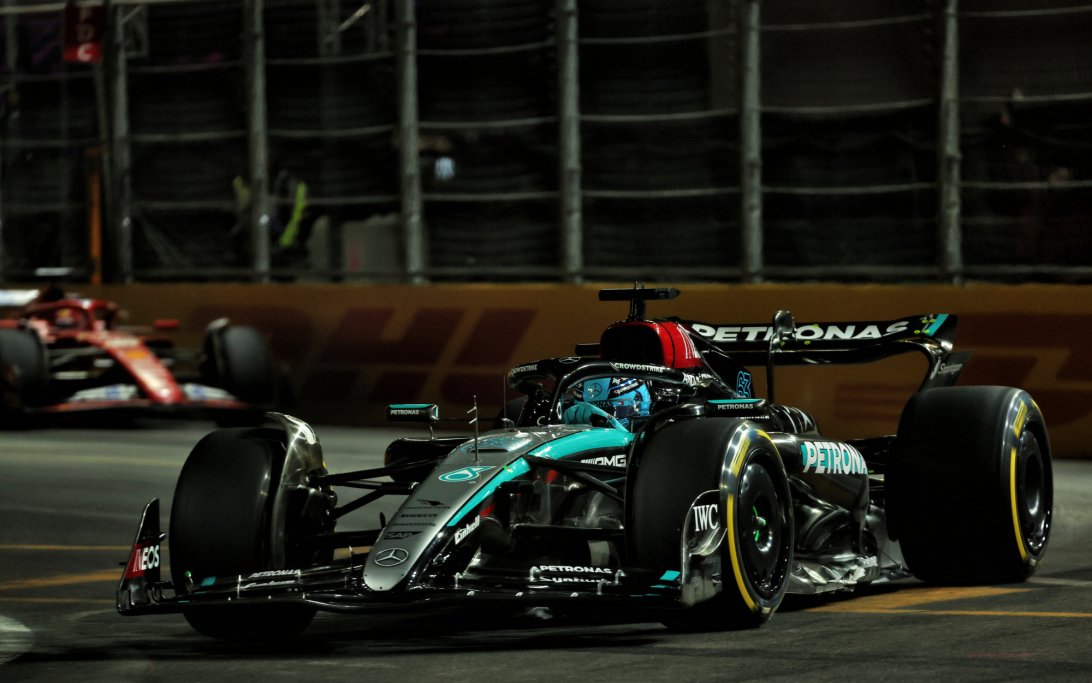
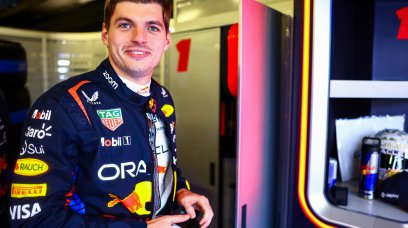
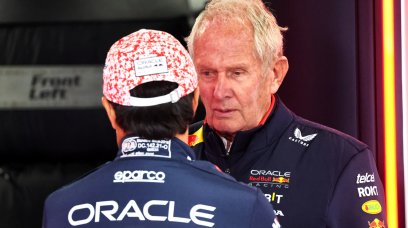
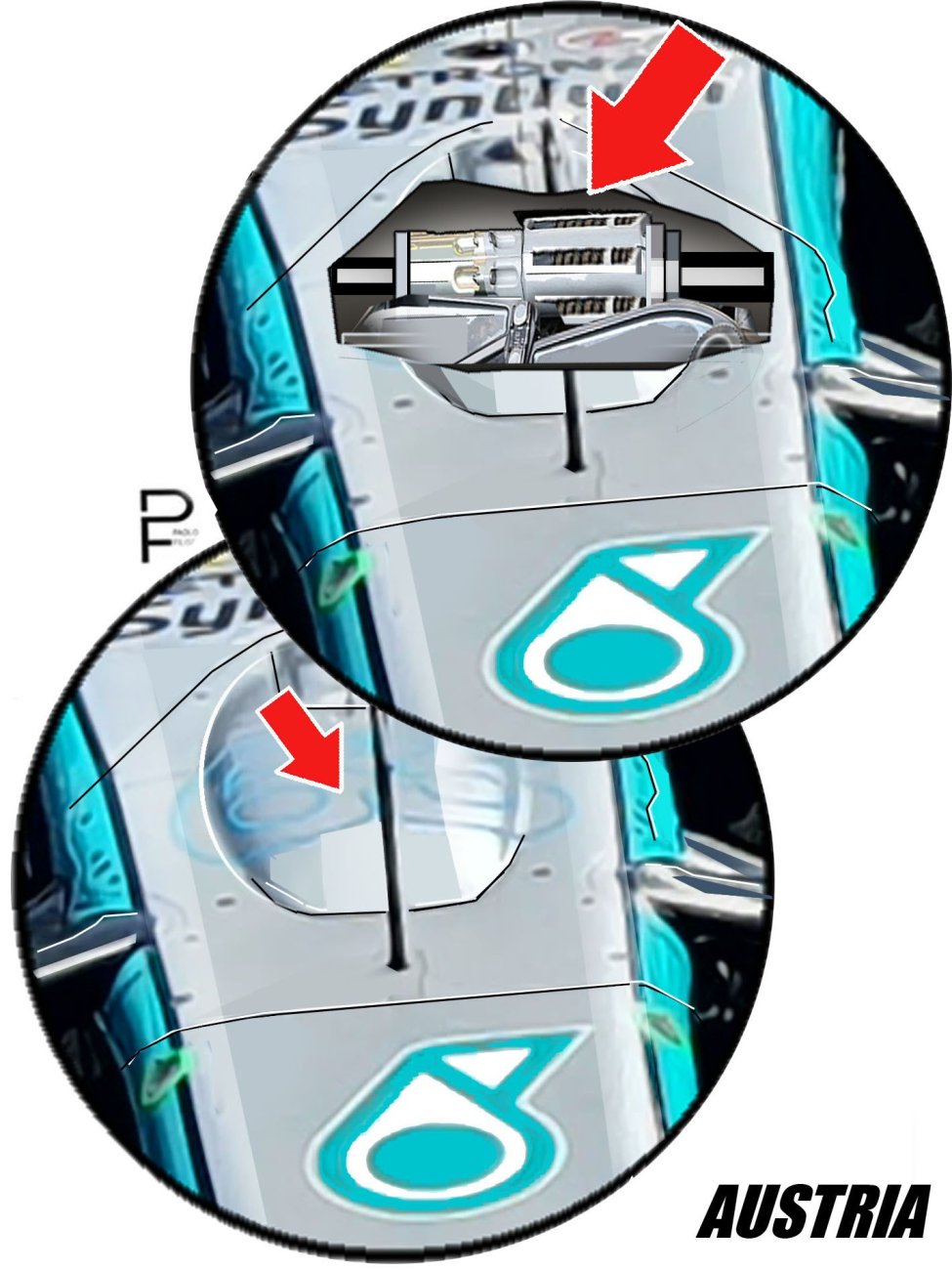


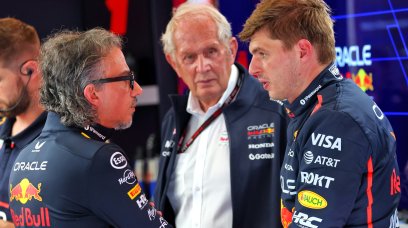
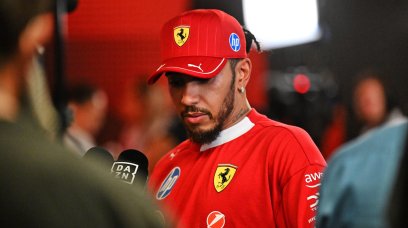




Join the conversation!